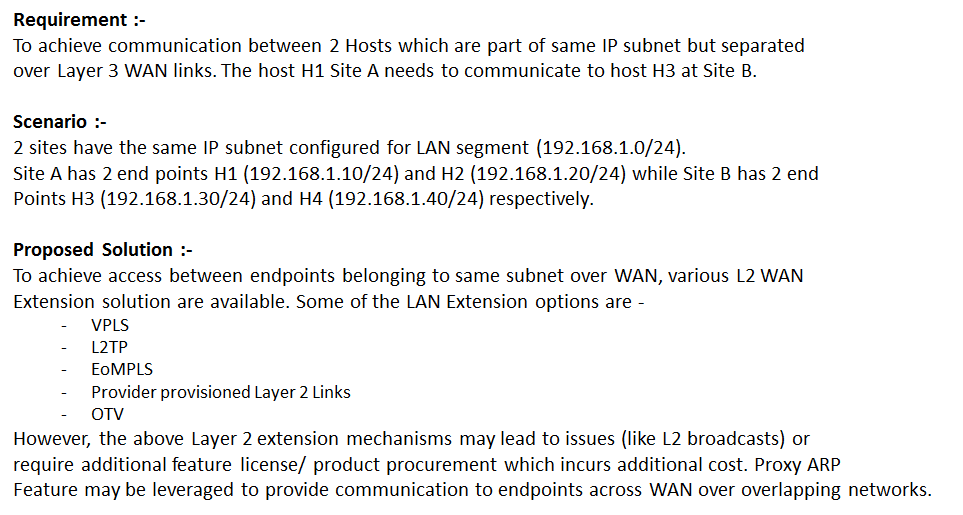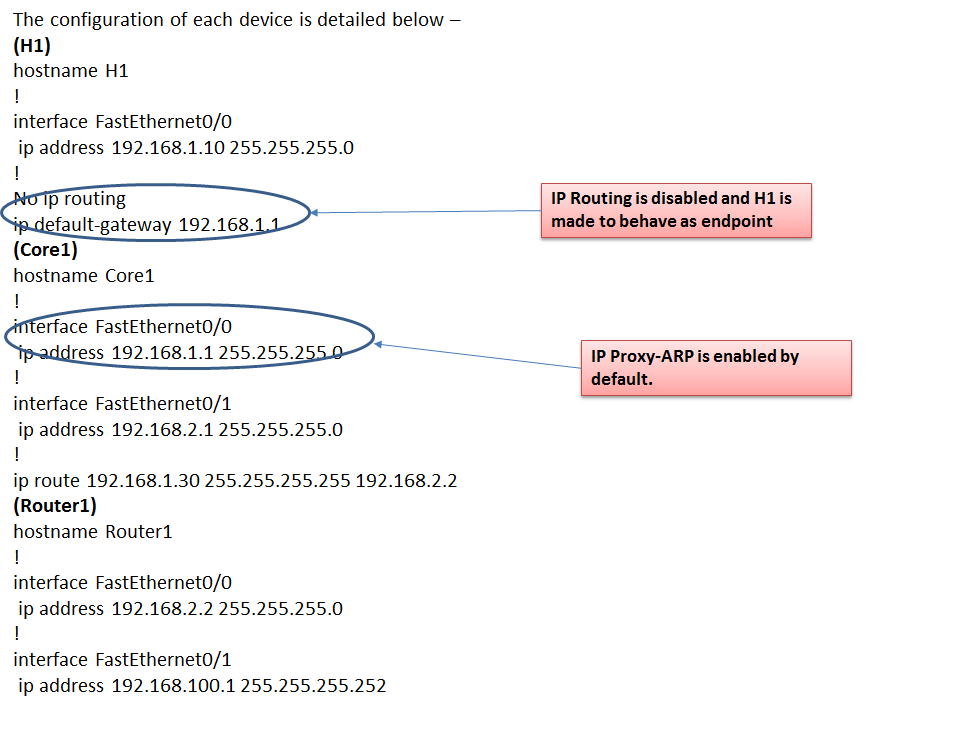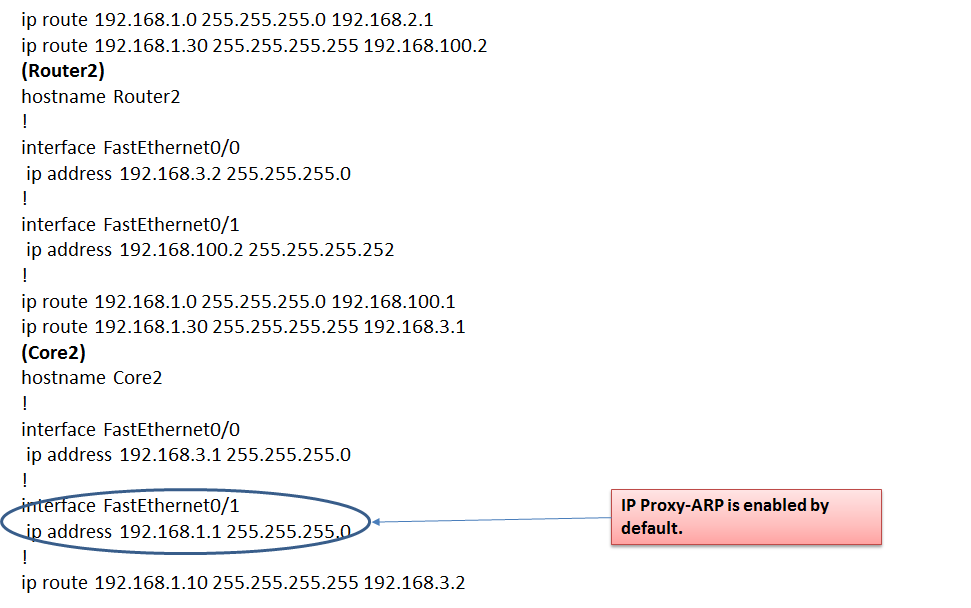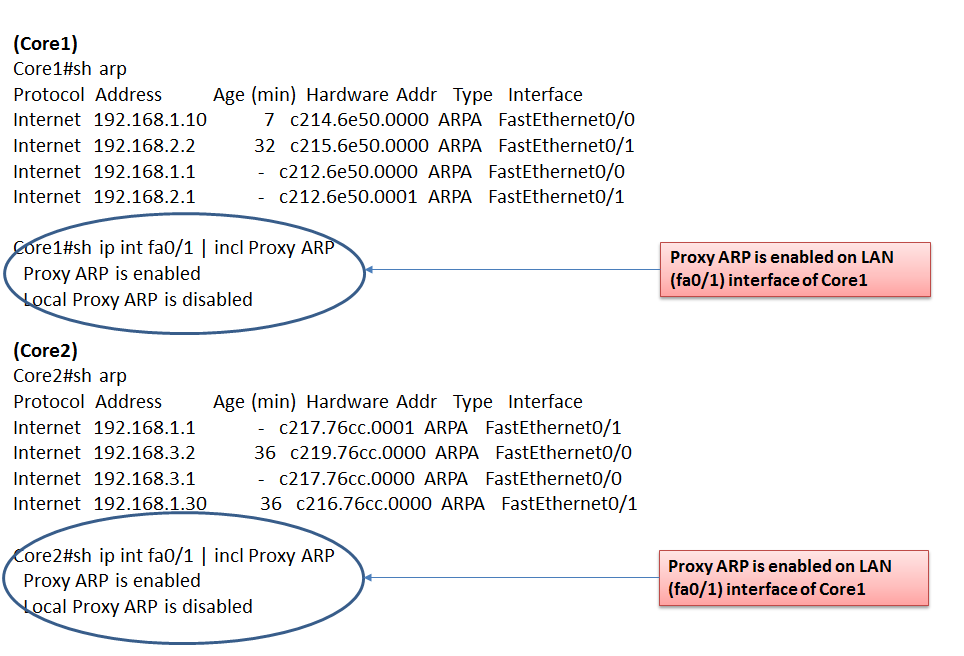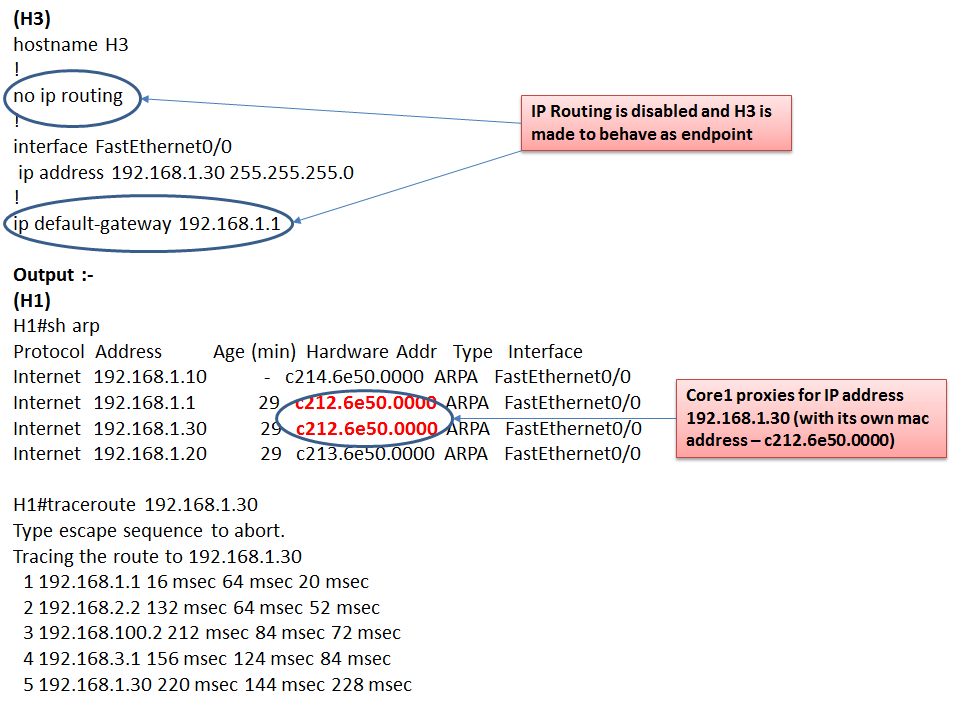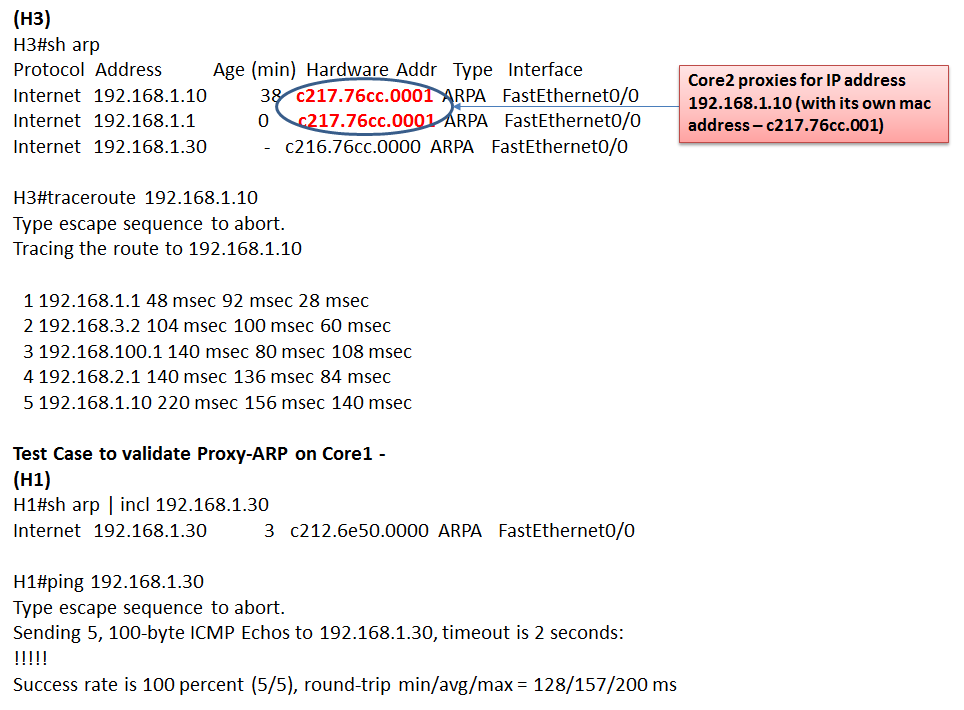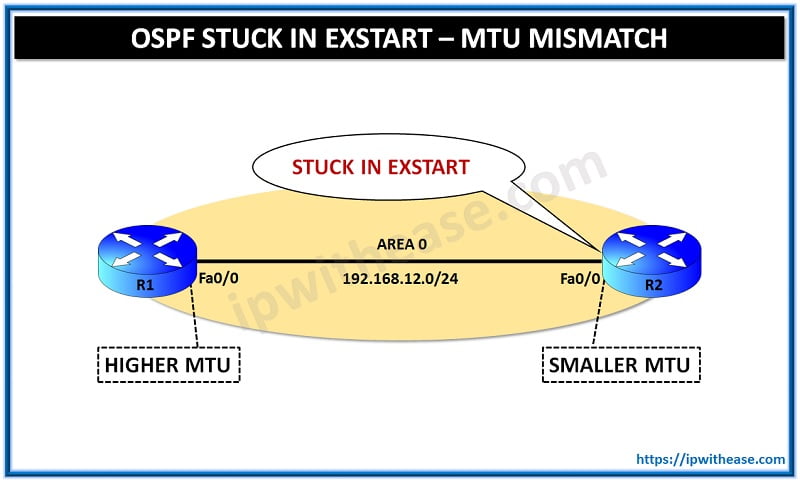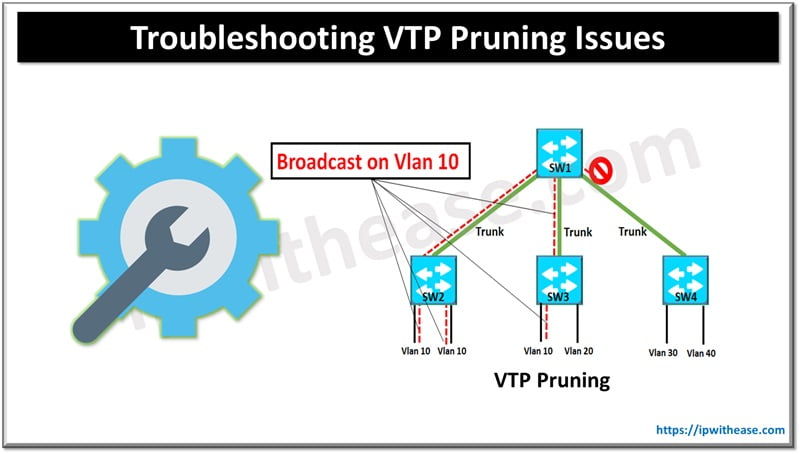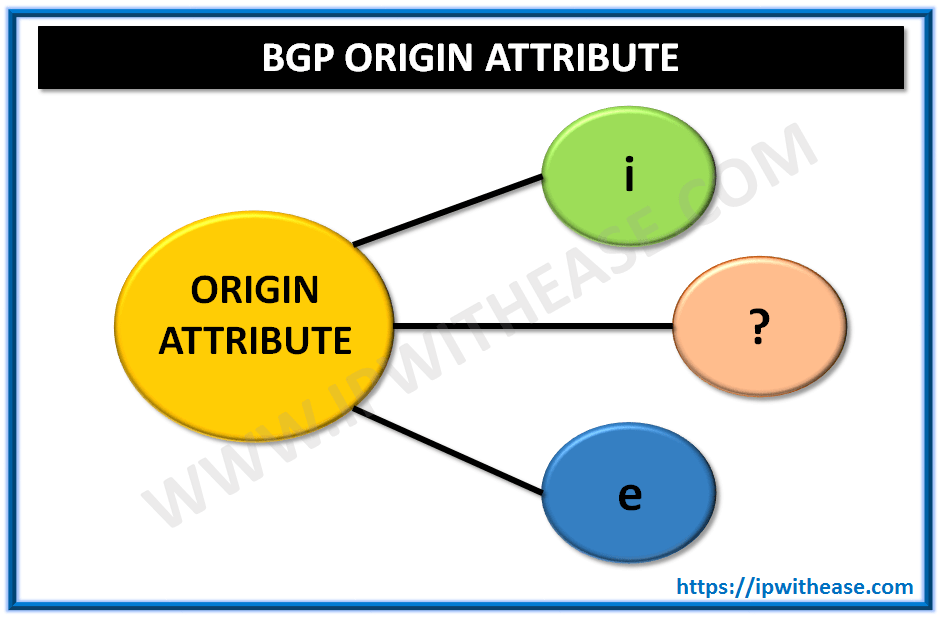What is Proxy ARP?
Proxy ARP is a method in which a proxy server within a specific network responds to Address Resolution Protocol (ARP) requests for an IP address that does not exist on that network. The proxy is cognizant of the destination of the traffic and presents its own MAC address as the purported final destination. The proxy address typically directs the traffic, which is then routed by the proxy to the intended destination through another interface or a tunnel.
Proxy ARP for Layer 2 Extension
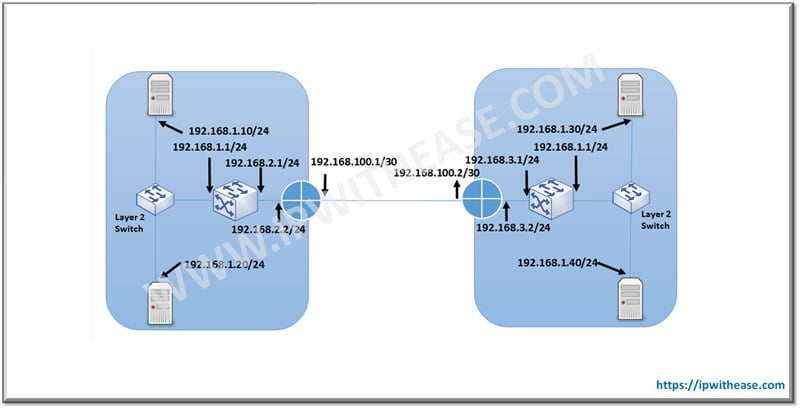
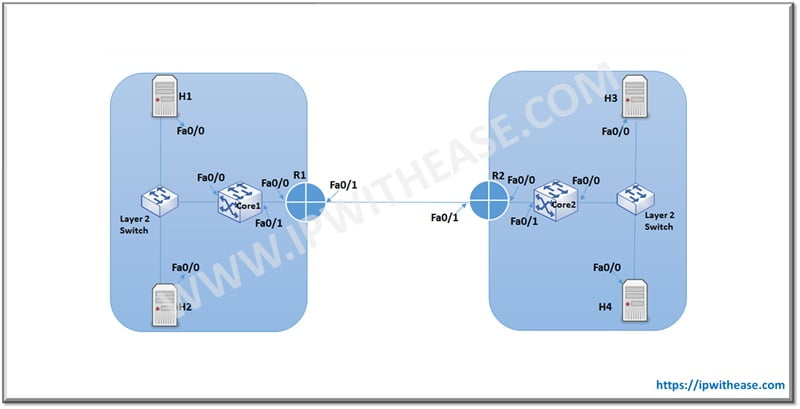
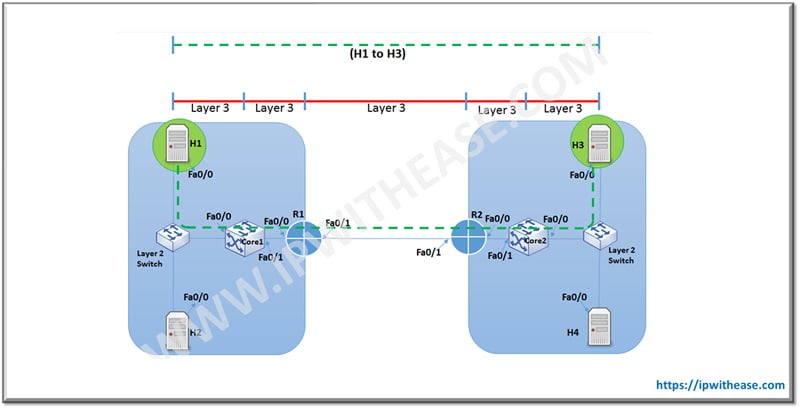
Advantages & Disadvantages of Proxy ARP
PROS
- One of the primary benefits of proxy ARP is its ability to be implemented on a single router within a network without impacting the routing tables of other routers on the same network.
- Proxy ARP is necessary in networks where IP hosts lack a default gateway or routing capabilities.
CONS
Hosts lack knowledge about the specific physical aspects of their network and operate under the assumption that it is a seamless network where they can reach any destination by sending an Address Resolution Protocol (ARP) request. However, relying solely on ARP for all network communication presents certain drawbacks. Here are a few of the drawbacks:
- It results in a higher volume of ARP traffic within your network segment.
- To effectively manage IP-to-MAC address mappings, hosts require expanded ARP tables. This ensures the capacity to accommodate a greater number of mappings.
- Security can be compromised when a device pretends to be another, with the intention of intercepting data packets. This deceptive practice is commonly referred to as “spoofing.”
- It is ineffective for networks that do not utilize ARP for resolving addresses.
- The applicability is not universal across all network topologies. One such instance is when multiple routers are employed to connect two distinct physical networks.
Continue Reading:
ABOUT THE AUTHOR

You can learn more about her on her linkedin profile – Rashmi Bhardwaj

